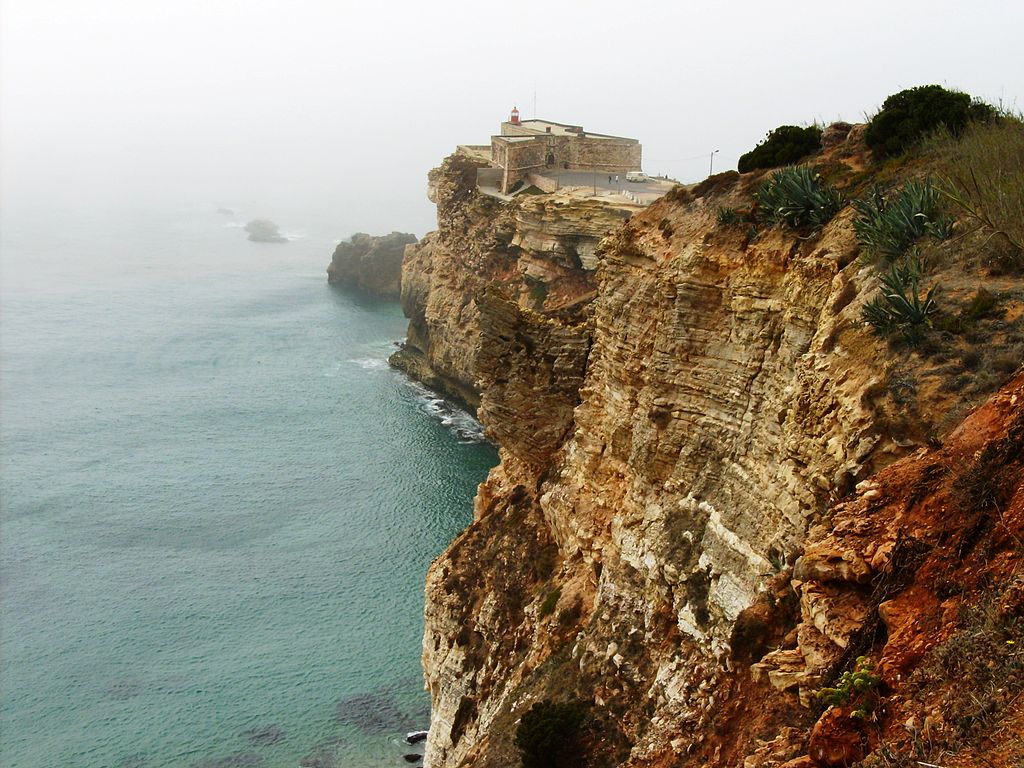

São Jorge Castle
São Jorge Castle is a historic castle in the Portuguese capital of Lisbon, located in the freguesia of Santa Maria Maior. Human occupation of the castle hill dates to at least the 8th century BC, while the first fortifications built date from the 1st century BC.
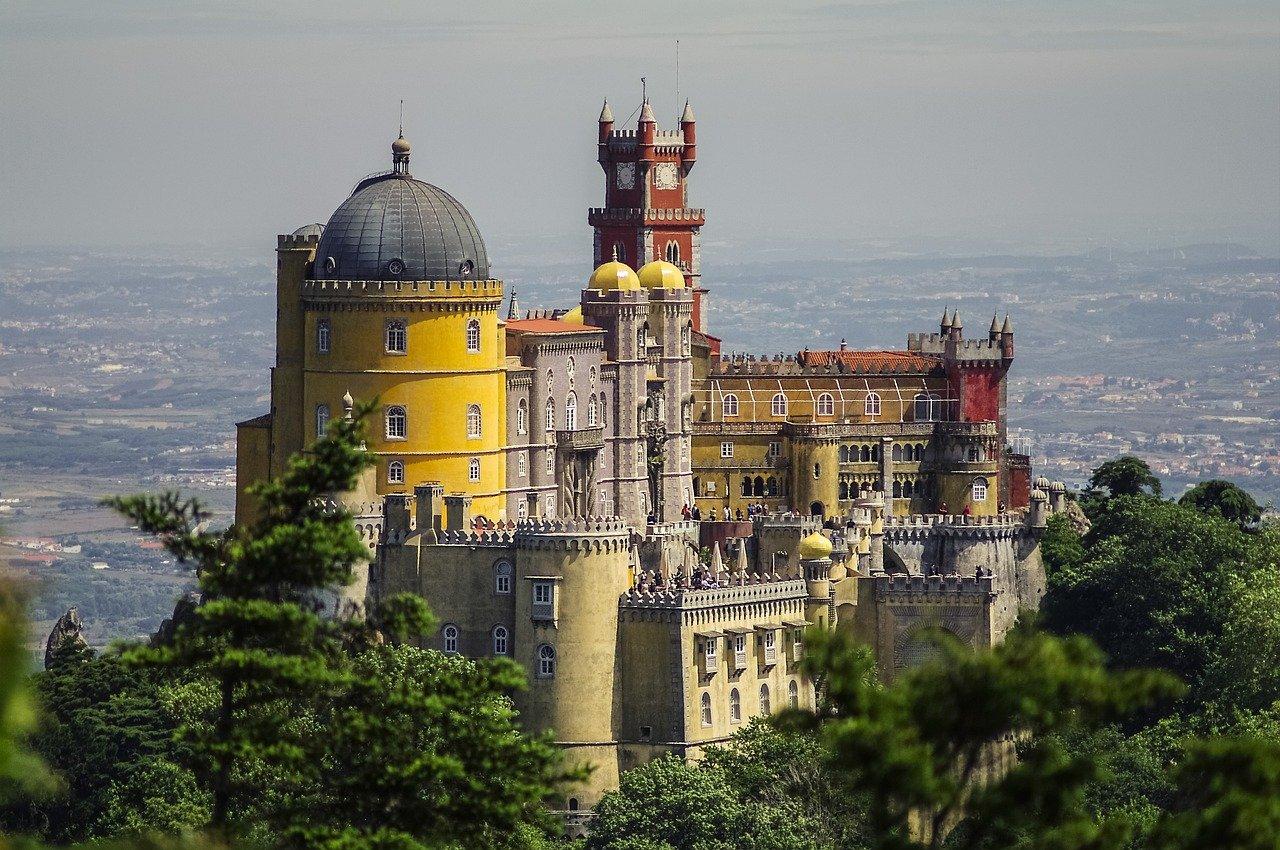
Sintra
A town and municipality in the Greater Lisbon region of Portugal, located on the Portuguese Riviera. A major tourist destination famed for its picturesque, the municipality has several historic palaces, castles, scenic beaches, parks, and gardens.
The area includes the Sintra-Cascais Nature Park, through which the Sintra Mountains run. The historic centre of Vila de Sintra is famous for its 19th-century Romanticist architecture, historic estates and villas, gardens, and royal palaces and castles, which resulted in the town’s classification as a UNESCO World Heritage Site. Sintra’s landmarks include the mediaeval Castle of the Moors, the romanticist Pena National Palace, and the Portuguese Renaissance Sintra National Palace.

Praça do Comércio
The Praça do Comércio is a large, harbour-facing plaza in Portugal’s capital, Lisbon, and is one of the largest in Portugal, with an area of 175 x 175 m, that is, 30,600 m2. Facing the Tagus to the south, the plaza is still commonly known in Portuguese as Terreiro do Paço.

Oceanário de Lisboa
The Lisbon Oceanarium is an oceanarium in Lisbon, Portugal. It is located in the Parque das Nações, which was the exhibition grounds for Expo ’98. It is the largest indoor aquarium in Europe.
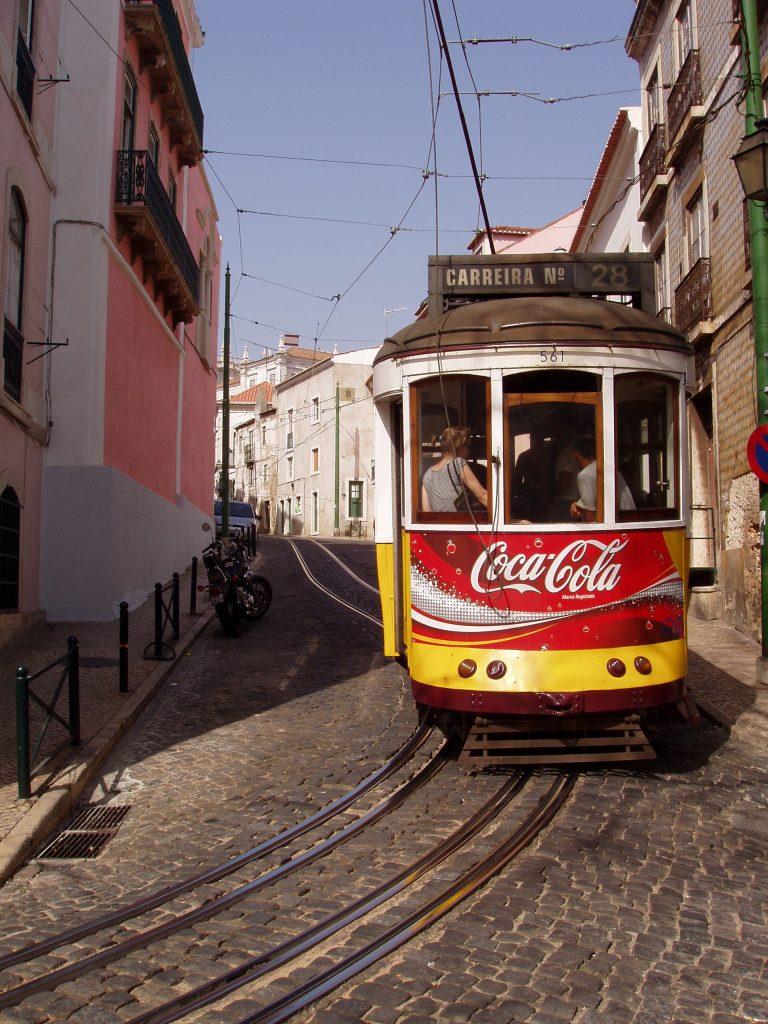
Alfama
Alfama is one of the most famous parts of Lisbon, and it’s also one of the best places to walk and take pictures because of its mediaeval streets and great views.
The steep streets of Alfama, one of Lisbon’s oldest areas, are lined with shops selling traditional crafts and cafes. Passengers pack the historic No. 28 tram, which winds through Alfama on its way up to the 11th-century São Jorge Castle. Views from the Miradouro da Graça terrace stretch over the city to the River Tagus. In the evening, melancholy Fado music can be heard in some of the area’s long-running restaurants.
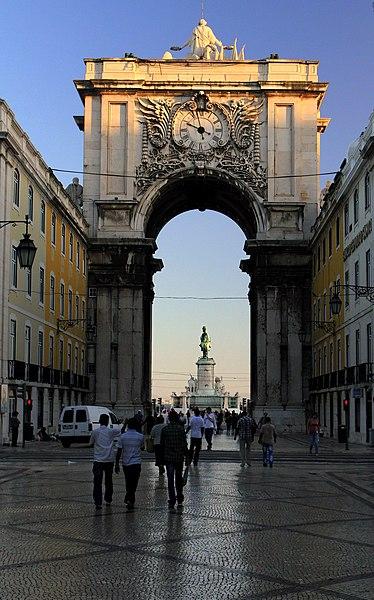
Arco da Rua Augusta
The Rua Augusta Arch is a stone, triumphal arch-like, historical building and visitor attraction in Lisbon, Portugal, on the Praça do Comércio. It was built to commemorate the city’s reconstruction after the 1755 earthquake. It has six columns and is adorned with statues of various historical figures.
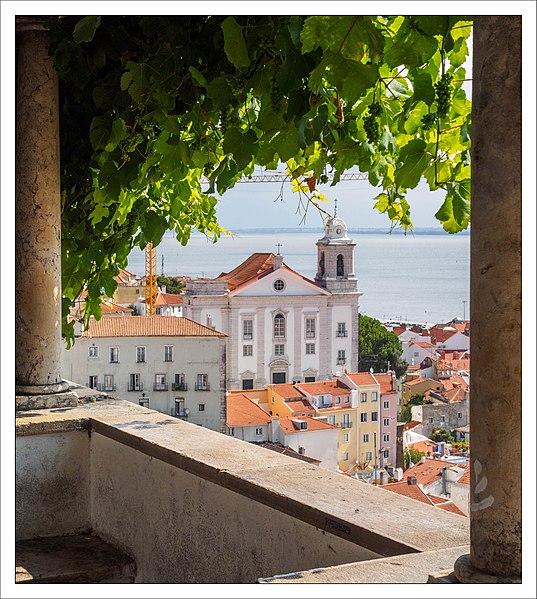
Miradouro de Santa Luzia
This serene viewpoint introduces visitors to Lisbon’s Old Town, the Alfama. It’s a landscaped terrace and one of the city’s most romantic spots, found next to the Church of St. Lucy (“Santa Luzia”), which is the headquarters of the Order of Malta in Portugal.
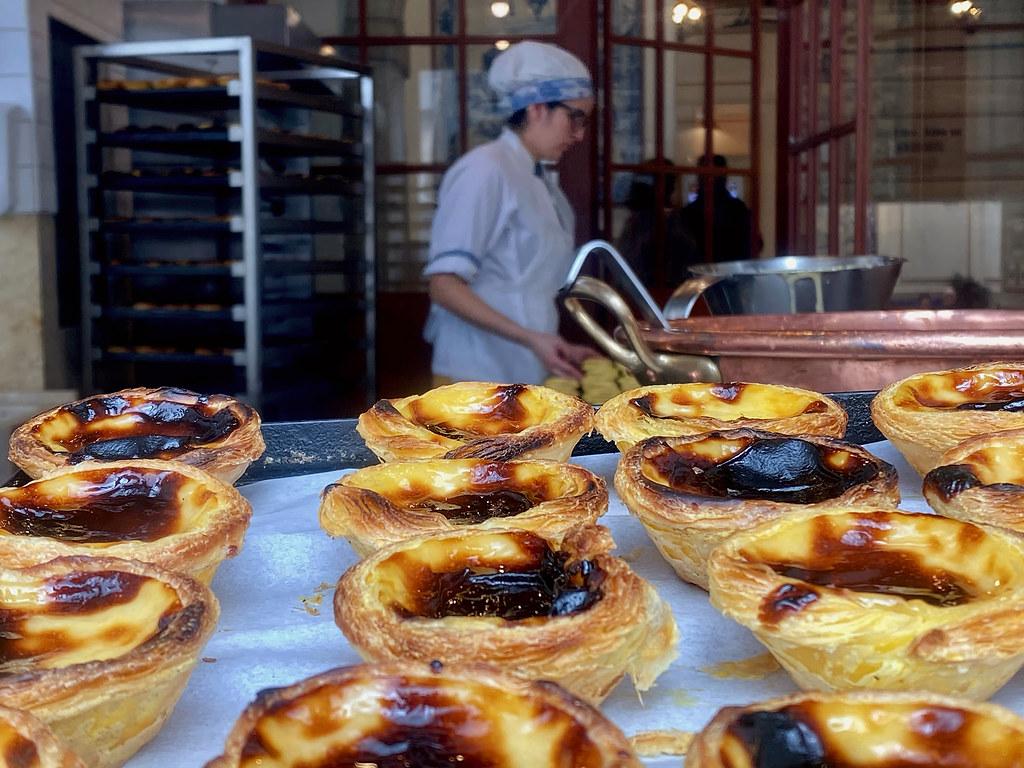
Pastel de Nata
Pastel de nata is a Portuguese egg custard tart pastry, optionally dusted with cinnamon. Outside Portugal, they are particularly popular in other parts of Western Europe, Asia, and former Portuguese colonies, such as Brazil, Mozambique, Macau, Goa, and East Timor.

The National Palace of Queluz
The Palace of Queluz (Portuguese: Palácio de Queluz) is an 18th-century palace on the Portuguese Riviera, located in Queluz, a city in the Sintra Municipality, in the Lisbon District. The palace was created as a summer getaway for Dom Pedro of Braganza and is one of Europe’s last outstanding Rococo structures.
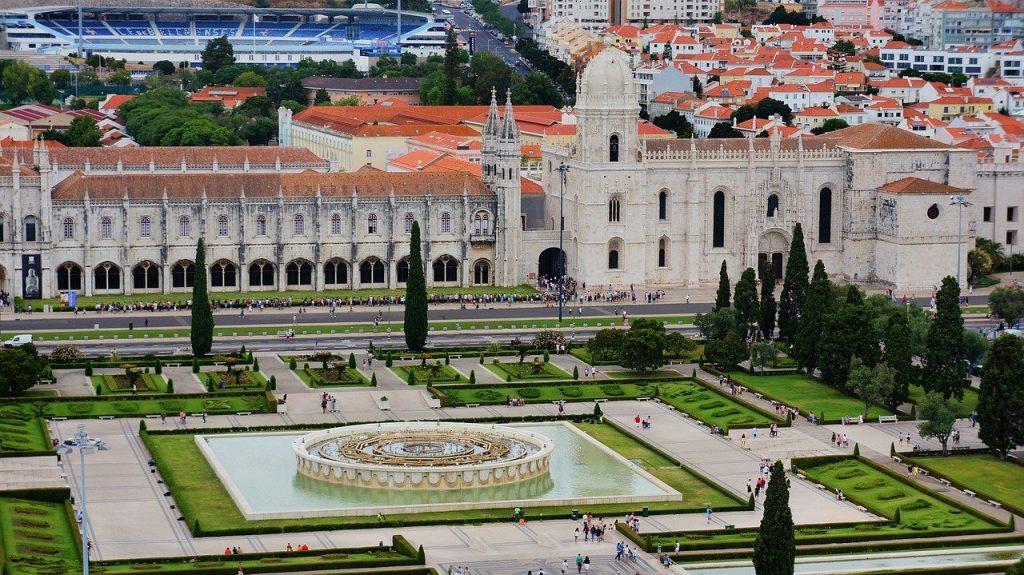
Jeronimos Monastery
The most imposing sign of Portugal’s strength and wealth during the Age of Discovery is the Jeronimos Monastery. It was established in 1502 by King Manuel I on the site of a hermitage founded by Prince Henry the Navigator, where Vasco da Gama and his crew spent their final night in Portugal praying before sailing to India. It was created thanks to Vasco Da Gama’s journey and the Virgin Mary.
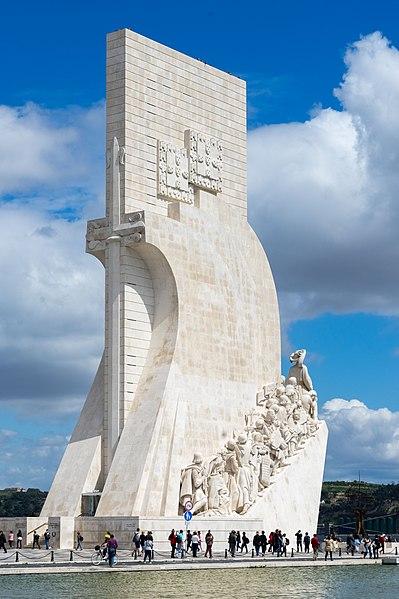
Monument to the Discoveries
Padrão dos Descobrimentos is a monument on the northern bank of the Tagus River estuary, in the civil parish of Santa Maria de Belém, Lisbon.
Standing alone in a striking position on the breakwater on the bank of the Tagus, the Monument to the Discoveries evokes the Portuguese overseas expansion, recalls the country’s glorious past and symbolises the enormity of the work carried out by the Infante, the driving force behind the Discoveries.
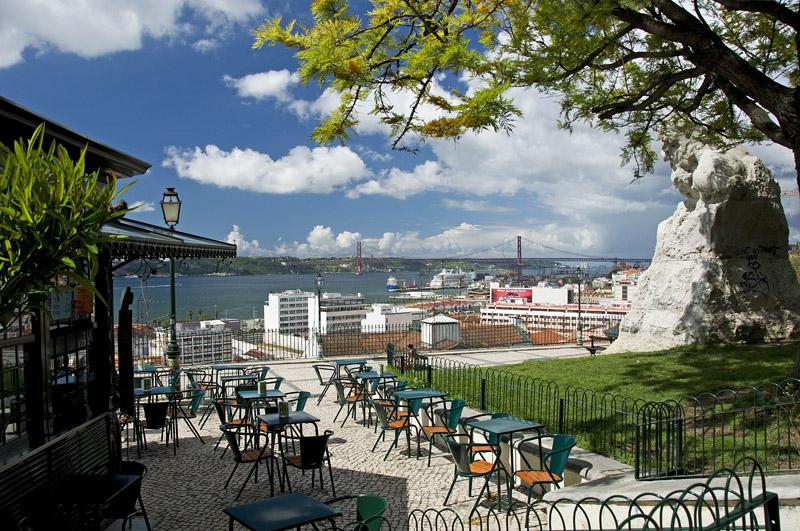
Miradouro de Santa Catarina
The Rua do Loreto, which runs behind Camões Square, connects Bairro Alto and the Santa Catarina neighbourhood. This charming neighbourhood of pastel-painted cottages contains a few restaurants and pubs, but it’s best renowned for its breathtaking views from its patio. A stone statue of Adamastor, a mythical sea monster from the epic poem “The Lusiads,” faces the terrace, the river, and the 25 de Abril Bridge. There is also a beautiful café where locals and visitors gather to watch the sunset over the Tagus River.
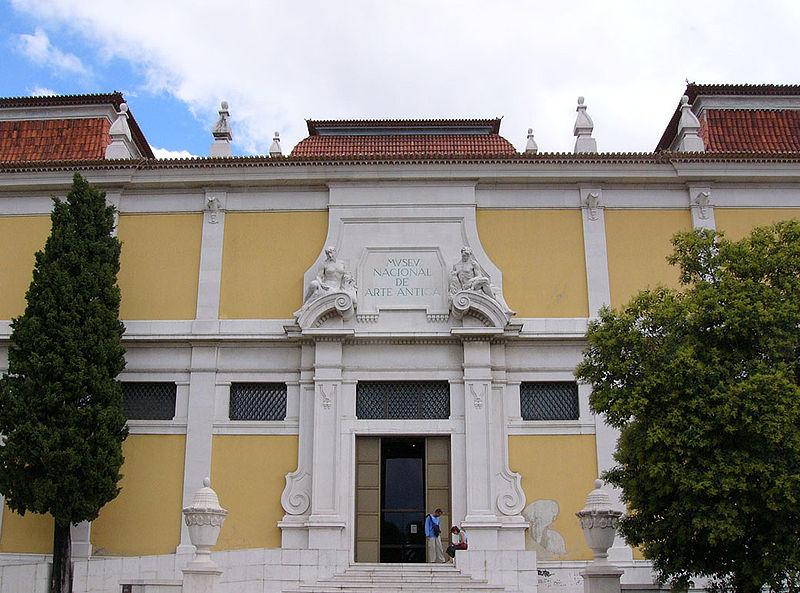
MNAA National Museum of Ancient Art
Created in 1884 and housed in the Palácio Alvor for almost 130 years, the MNAA-Museu Nacional de Arte Antiga has had its current title for more than a century. It is home to the most important Portuguese public collection of art, ranging from paintings to sculpture, and gold and silverware, as well as decorative arts from Europe, Africa, and the Far East.
Comprising over 40,000 items, the MNAA collection has the largest number of works classified by the State as “national treasures”. In its various sections, it also has a number of major works of art in the context of the world’s artistic heritage.
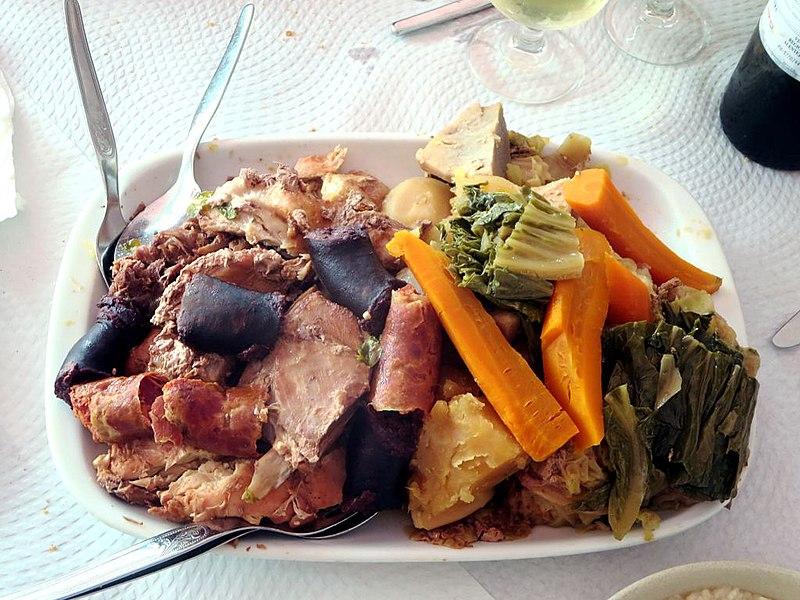
Cozido à Portuguesa
This is a delicious, traditional and healthy Portuguese meal for the whole family.
This Portuguese dish is made with a lot of different kinds of meat and vegetables. There are smoked sausages like farinheira and blood sausage, as well as chouriço, farinha, and morcela, among many others.
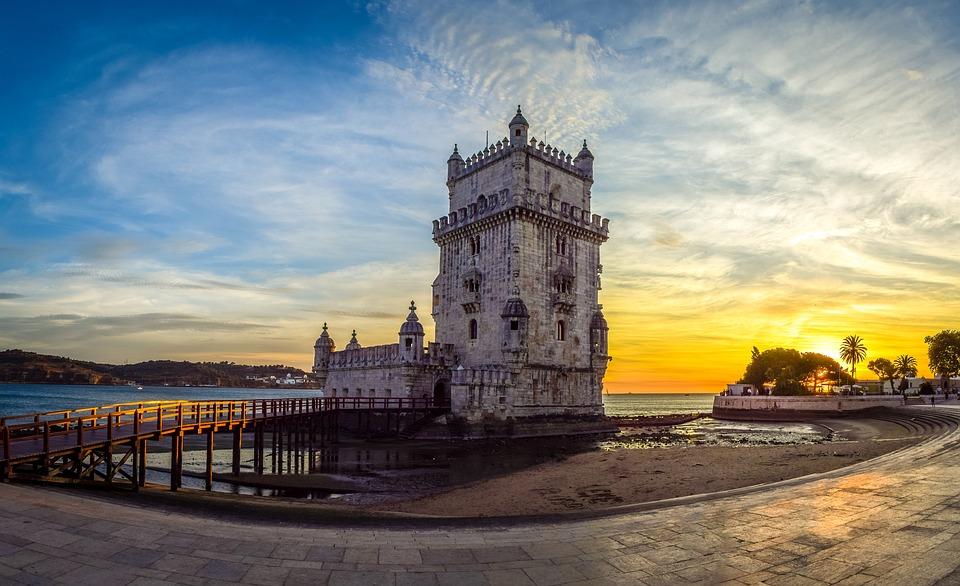
Belém Tower
Belém Tower, officially the Tower of Saint Vincent, is a 16th-century fortification located in Lisbon that served as a point of embarkation and disembarkation for Portuguese explorers and as a ceremonial gateway to Lisbon.
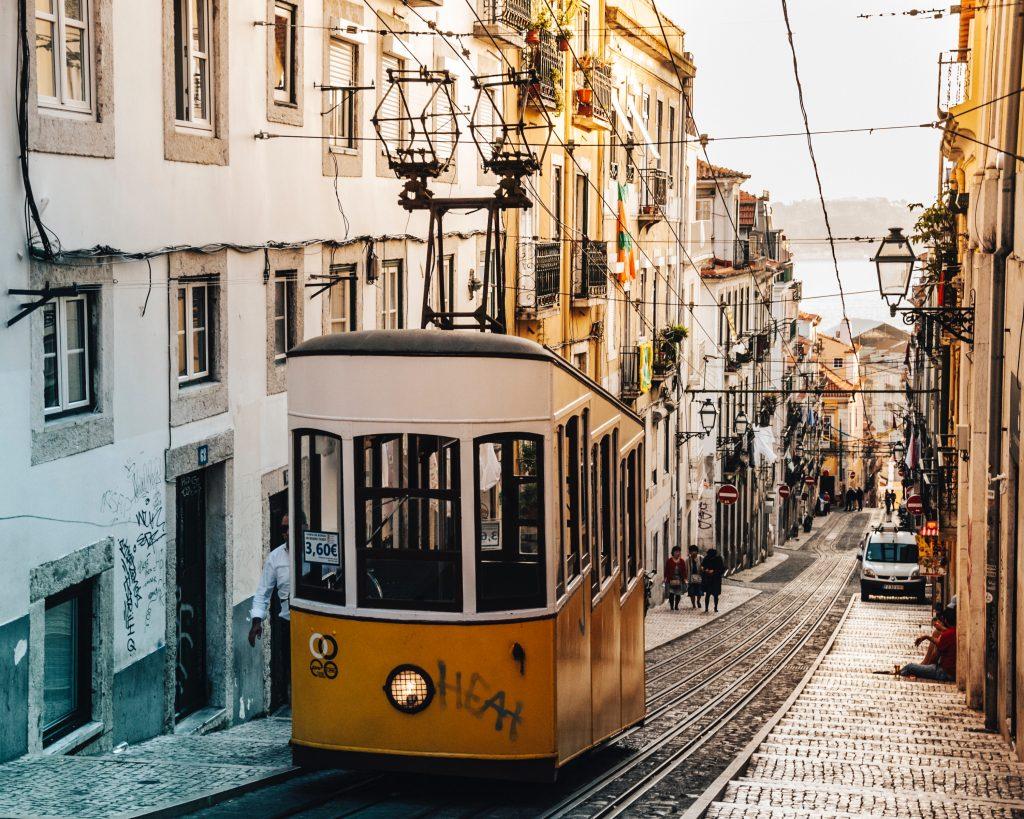
Bairro Alto
Visitors can ride the Bica Funicular, visit the lavish São Roque Church, and enjoy the views from Miradouro de São Pedro de Alcântara while strolling through the steep, cobblestone streets of bohemian Bairro Alto. Many of the centuries-old houses in the neighbourhood are decorated with vivid street art. After the sun goes down, a wide range of people arrives at the hip, quirky bars. Fado music can be heard coming from traditional restaurants.
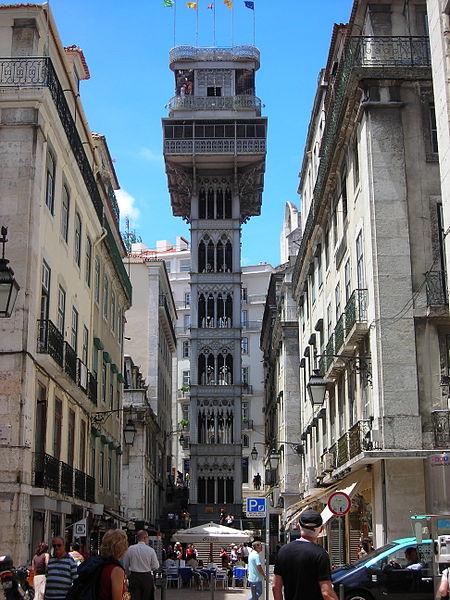
Santa Justa Lift
The Santa Justa Lift, also known as the Carmo Lift, is a lift located in the civil parish of Santa Justa in Lisbon’s old centre. It connects the lower streets of the Baixa with the upper Largo do Carmo and is located at the end of Rua de Santa Justa.
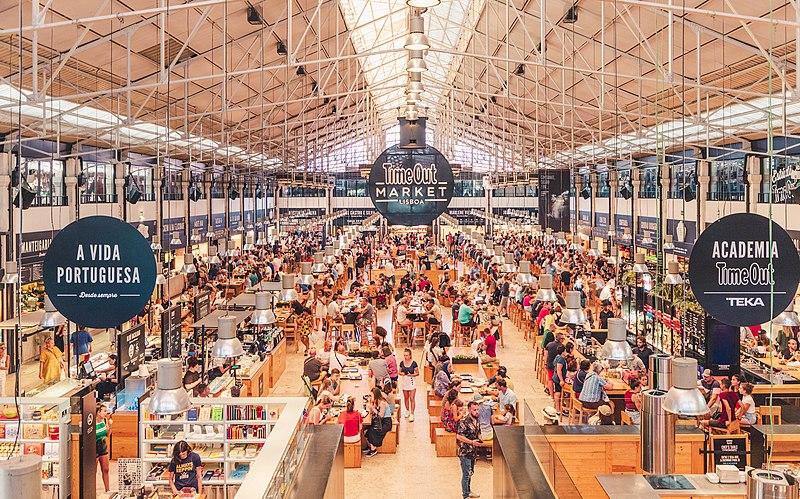
Time Out Market
The Time Out Market Lisboa is a food hall located in the Mercado da Ribeira at Cais do Sodré in Lisbon.
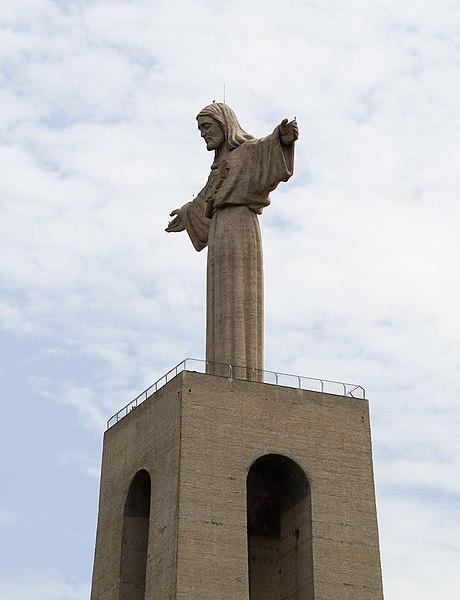
Cristo Rei
The Sanctuary of Christ the King is a Catholic monument and shrine dedicated to the Sacred Heart of Jesus Christ overlooking the city of Lisbon, situated in Almada, Portugal. It was inspired by the Christ the Redeemer statue in Rio de Janeiro, Brazil after the Cardinal Patriarch of Lisbon visited that monument. The project was inaugurated on May 17, 1959. The huge statue was built to show how grateful the Portuguese were that they didn’t have to deal with the direct effects of World War II.
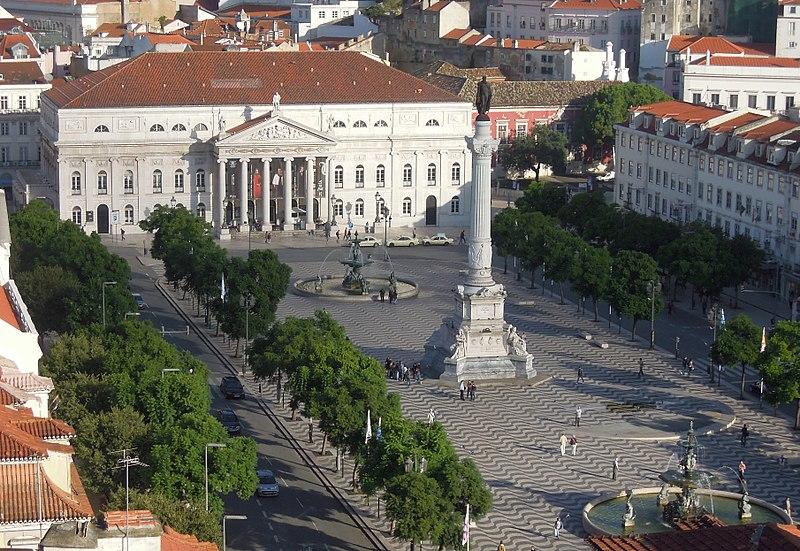
Praça Dom Pedro IV (Rossió Square)
The Rossio is the popular name of King Pedro IV Square in the city of Lisbon, Portugal. It is located in the Pombaline Downtown of Lisbon and has been one of its main squares since the Middle Ages.
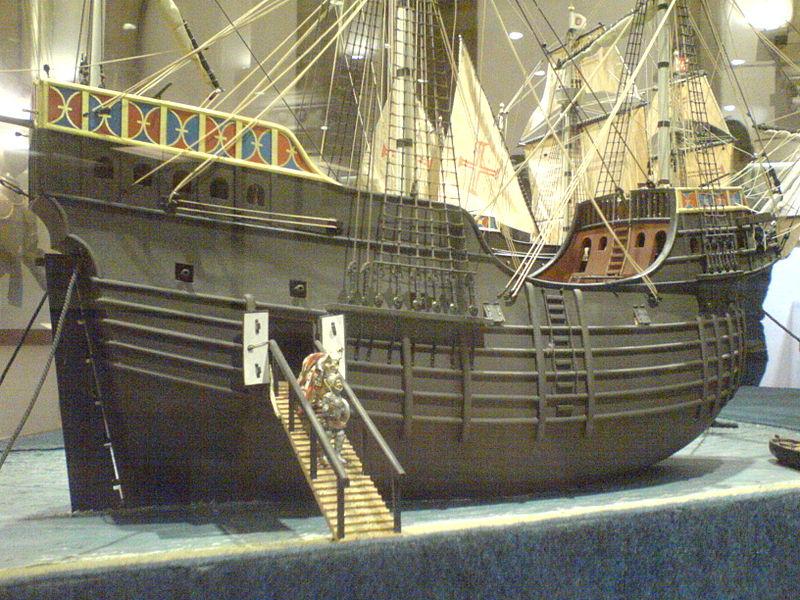
The Navy Museum (Museu de Marinha)
The Navy Museum is a maritime museum in Lisbon, dedicated to all aspects of the history of navigation in Portugal. The museum is run by the Portuguese Navy and is in the tourist area of Belém.

Drink Port Wine
Port Wine, one of the great classic European wines, has a long and fascinating history. Produced on the magnificent terraces of the Douro Demarcated Region, which boasts one of the most beautiful wine landscapes in the world, its first shipments outside Portugal were recorded in 1678.
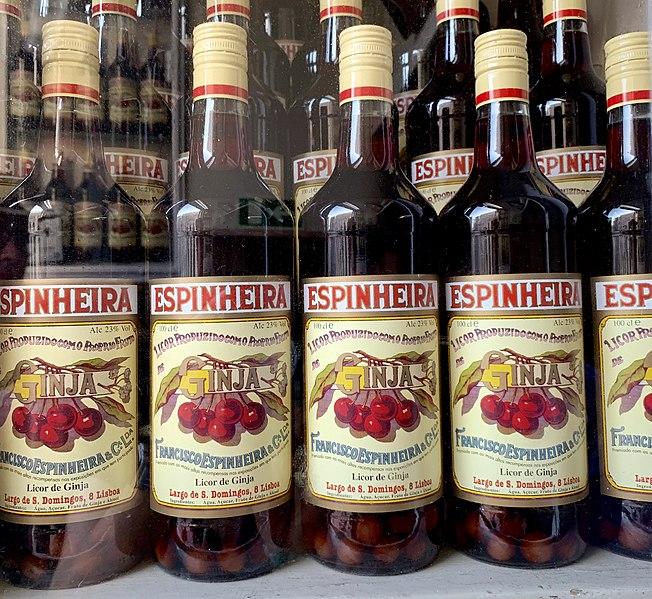
When in Lisbon, do as the locals do and drink ginjinha.
Ginjinha is a must-try when visiting Lisbon. This sweet liqueur, also known as ginja, is produced from Morello (sour) cherries steeped in aguardente, a distilled alcohol. Sugar and spices such as cinnamon are used to flavour the combination. It’s shockingly sweet, small, and powerful.
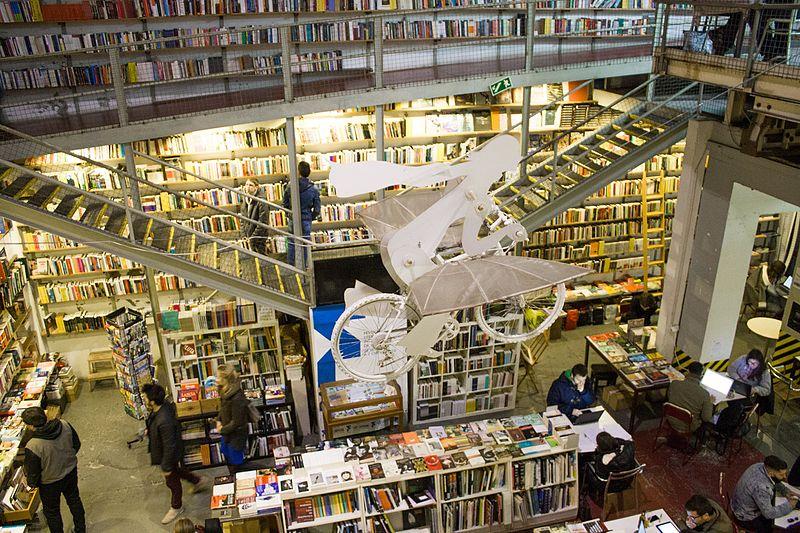
LX Factory
This historical industrial complex houses an array of arty retailers and unique restaurants.
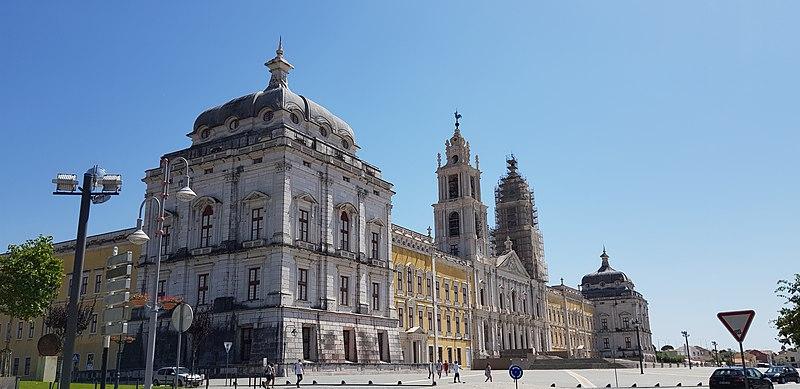
Royal Building of Mafra – Palace, Basilica, Convent, Cerco Garden and Hunting Park
The Palace of Mafra (Portuguese: Palácio de Mafra), also known as the Palace-Convent of Mafra and the Royal Building of Mafra (Real Edifício de Mafra), is a monumental Baroque and Neoclassical palace-monastery located in Mafra, Portugal, some 28 kilometres from Lisbon.
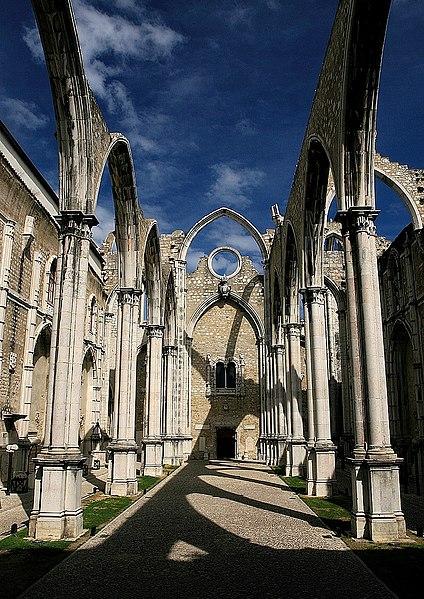
CONVENTO DO CARMO
The ruined Carmo Convent is one of Lisbon’s most hauntingly beautiful sights. It was its greatest medieval building, but it stands as a reminder of the devastating earthquake of 1755 that destroyed most of the city.

Ponte de 25 de Abril
The 25 de Abril Bridge is a suspension bridge connecting the city of Lisbon, the capital of Portugal, to the municipality of Almada on the left bank of the Tagus river. It has a total length of 2,277 metres, making it the 43rd longest suspension bridge in the world.
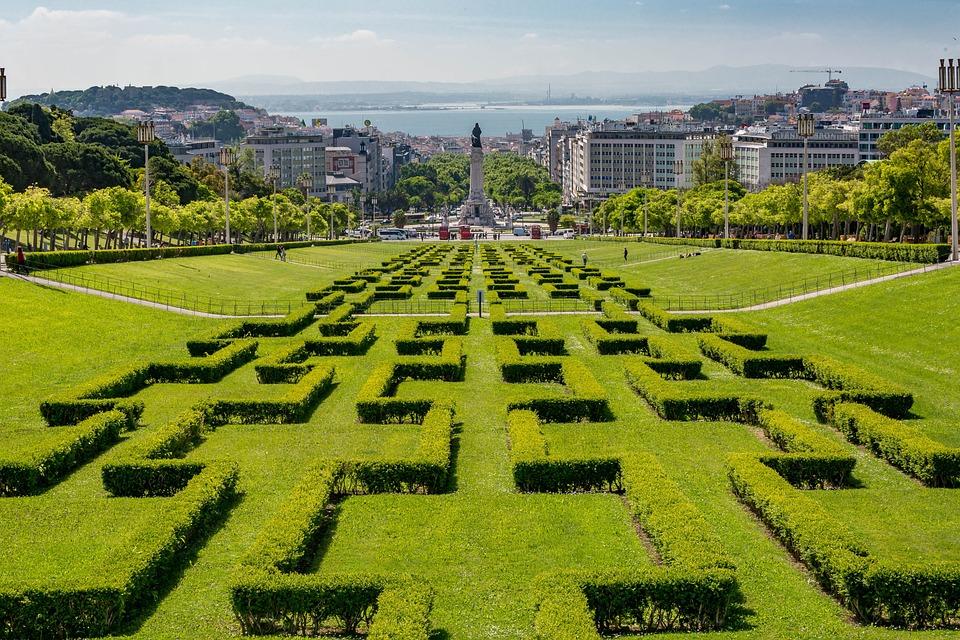
Parque Eduardo VII.
Eduardo VII Park is a public park in Lisbon, Portugal. The park covers an area of 26 hectares to the north of Avenida da Liberdade and Marquis of Pombal Square in the heart of the city.
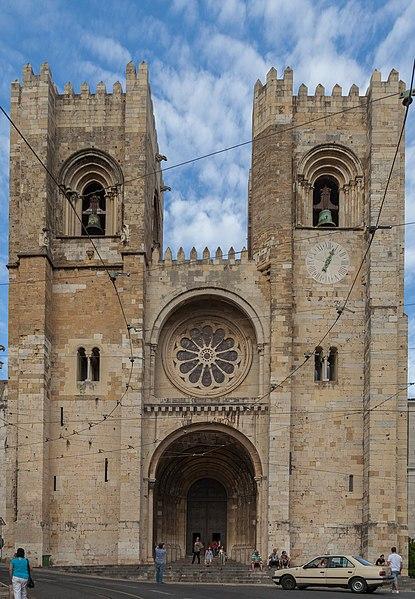
Lisbon Cathedral
The Cathedral of Saint Mary Major, often called Lisbon Cathedral or simply the Sé, is a Roman Catholic cathedral located in Lisbon, Portugal. The oldest church in the city is the seat of the Patriarchate of Lisbon.




